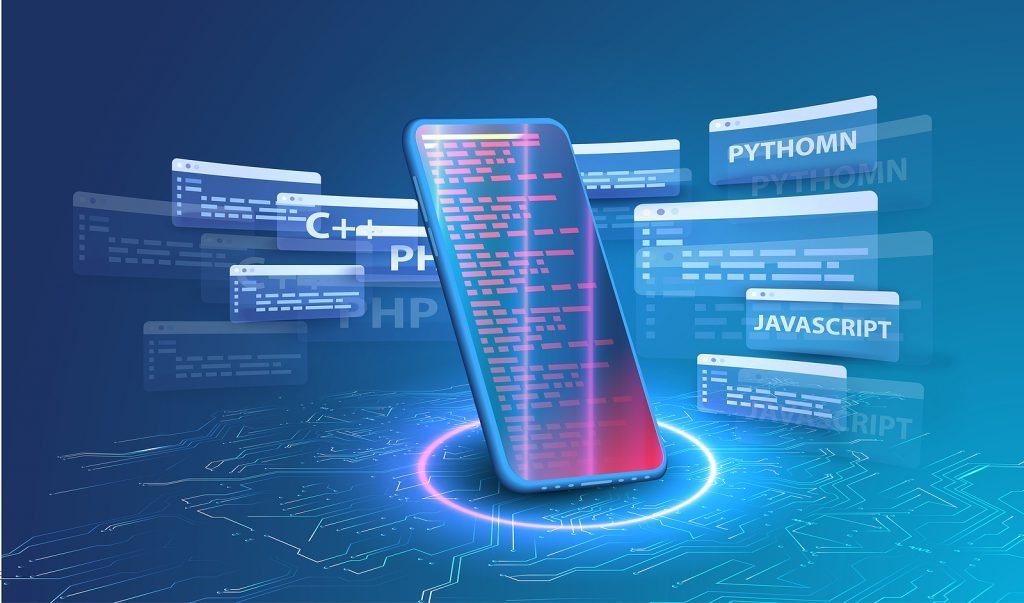A common question asked by those in charge of developing software is ‘What are software development best practices?’. There are many different examples of best practice in software development. Some, such as software development change management best practices, are common across all types of development and across the different development methodologies. While others are specific to certain specialist genres and approaches, such as secure development best practices, enterprise development best practices, and software development governance best practices. Let’s take a look at some of the common software development best practices and software development standards.
Develop Iteratively
By developing software in iterations, with each iteration successively delivering more functionality, critical risks can be resolved early before large investments are made. Agile development methodologies embody this principle. The initial iterations can enable early feedback from users to ensure that they get what they want. By using iterative approaches, testing and integration can be continual, whilst having milestones that are close in time helps the software developers to maintain focus.

Manage Requirements
In the real world, user requirements are always dynamic. Their needs and expectations change as the world changes around them, and as they get to see parts of the software development. So, expect the requirements to change during the development, and manage the changes using software development change management best practices.
Software Development Best Practices: Use Component-Based Software Architectures
This principle is common across different development best practices. Component-based architectures support and promote re-use of trusted software components, increasing delivery time, and improving software quality and maintainability. In today’s world of IT, there is a choice of thousands of commercially available tried and tested components, including microservices.

Use Visual Modeling
Visual modeling of the software architecture and interactions between components aids understanding and improves the ability to manage any complexity. This is particularly valuable for enterprise software development best practices and secure development best practices, as they tend to have more complexity than simple applications. Visual modeling can help to capture the structure and behavior of components, promoting unambiguous communication between users and software developers.
Verify Software Quality
All software development best practices have some way to establish the quality of the finished software product. They assure that the characteristics of the software ich meet or exceed agreed requirements, using a set of objective measures. Problems in software are typically 100 to 1000 times more costly to find and repair after deployment than before. Testing is the most commonly used software development best practice to verify software quality. This can be done in a final test or through continual iterative testing for functionality, reliability, and performance.

Software Development Best Practices: Control Changes to Software
Software development change management best practices are essential for any development environment. Without robust and effective control of changes, developments done by several developers in parallel will soon degrade to chaos. Good ways to do this are to use service management change management techniques, such as those from ITIL, coupled with tools such as Git to provide real control over the source code repository. Change requests should be prioritized, and the impact assessed before changes are made.
All of these best practices reinforce, complement, and enable each other. Although it is possible to use one best practice without the others, it is not recommended as the whole is much greater than the sum of the parts.
There are very few true software development standards. The most common one is ISO IEC/IEEE 12207 Systems and software engineering – Software life cycle processes. This an international standard for software lifecycle processes and aims to be a primary standard that defines all the processes required for developing and maintaining software systems, including the outcomes and/or activities of each process.
Summary:
Software Development Best Practices
There are many different examples of best practice in software development. Some, such as software development change management best practices, are common across all types of development and across the different development methodologies. 1. Develop Iteratively. 2. Manage Requirements. 3. Use Component-Based Software Architectures. 4. Use Visual Modeling. 5. Verify Software Quality. 6. Control Changes to Software. There are very few true software development standards. The most common one is ISO IEC/IEEE 12207 Systems and software engineering – Software life cycle processes.

